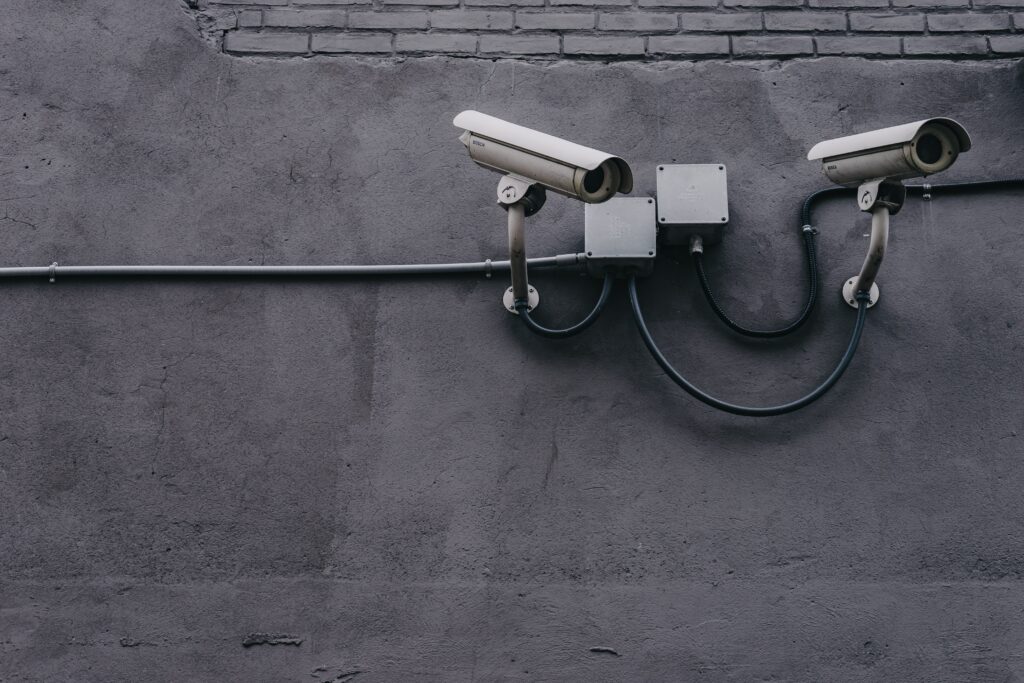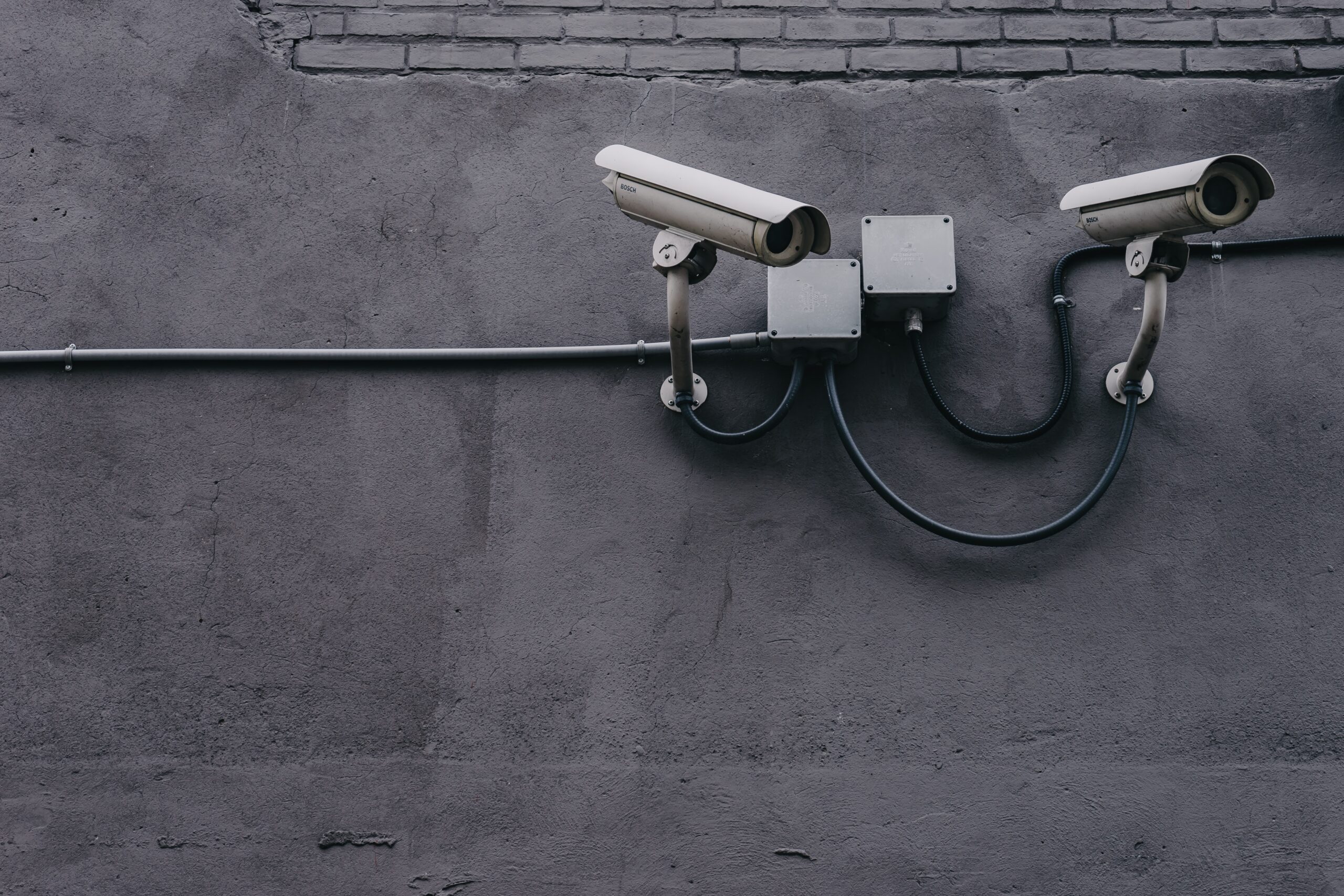In the world of cyber security, the role of a Chief Information Security Officer (CISO) is of vital importance. As cyber threats continue to evolve and become more sophisticated, organizations need a dedicated leader to safeguard their digital assets and protect against potential breaches. From monitoring vulnerabilities and implementing robust security measures to staying updated on the latest hacking techniques, a CISO plays a crucial role in fortifying an organization’s cyber defenses. In this article, we will explore the various responsibilities and skills required of a CISO in today’s rapidly evolving cyber landscape.

The Role of a CISO in Cyber Security
As the threat landscape continues to evolve and cyber attacks become more sophisticated, the role of a Chief Information Security Officer (CISO) in an organization’s cyber security strategy has become increasingly crucial. A CISO is responsible for managing and implementing a comprehensive cyber security program, protecting the organization’s sensitive data, and ensuring the continuity of its operations. In this article, we will explore the various aspects of a CISO’s role, from understanding the organization’s objectives to building and leading a cyber security team, as well as collaborating with stakeholders and managing cyber security incidents. Let’s dive in!
1. Introduction to the Role of a CISO
1.1 Definition and Responsibilities of a CISO
The CISO, also known as the Chief Information Security Officer, is a senior-level executive responsible for overseeing an organization’s information security program. They play a critical role in safeguarding the organization’s assets, including its intellectual property, customer data, and financial information, from cyber threats. The responsibilities of a CISO include developing and implementing strategic cyber security initiatives, managing cyber risks, ensuring compliance with regulatory standards, and leading incident response efforts. Additionally, a CISO is responsible for collaborating with executive management, IT and operations teams, as well as external partners and vendors to ensure effective cyber security governance.

2. Importance of Cyber Security
2.1 Growing Cyber Threat Landscape
In today’s interconnected digital world, the cyber threat landscape is rapidly evolving. Threat actors are continuously developing new techniques to breach systems, steal sensitive information, or disrupt critical operations. As a result, organizations of all sizes and across industries face the increasing risk of cyber attacks. This makes it imperative for organizations to prioritize cyber security and have a dedicated CISO who can effectively manage these risks.
2.2 Potential Business Impact of Cyber Attacks
Cyber attacks can have severe financial, operational, and reputational consequences for organizations. Financially, cyber attacks can result in significant losses due to theft of sensitive data, ransom demands, or regulatory fines. Operationally, organizations may experience system outages or disruptions that can halt business operations, leading to lost productivity and revenue. Additionally, the reputational damage caused by a cyber attack can erode customer trust and impact the organization’s brand value. It is the responsibility of the CISO to mitigate these risks and ensure the organization is adequately prepared to prevent, detect, and respond to cyber threats.
2.3 Need for a Strategic Approach to Cyber Security
With the increasing complexity and frequency of cyber attacks, organizations need a strategic approach to cyber security to effectively protect their assets. This strategic approach involves proactively identifying and addressing vulnerabilities, establishing comprehensive security frameworks, and integrating cyber security into the organization’s overall risk management strategy. A CISO plays a vital role in leading this strategic approach, ensuring that cyber security is considered at every level of the organization and aligning it with business objectives.
3. CISO’s Role in Establishing Cyber Security Strategy
3.1 Understanding the Organization’s Objectives
A CISO must have a deep understanding of the organization’s mission, goals, and objectives to develop a tailored cyber security strategy. By aligning the cyber security program with the organization’s objectives, the CISO ensures that security measures contribute to the overall success of the organization. This involves working closely with executive management and other key stakeholders to identify critical assets, evaluate potential risks, and determine the appropriate level of protection required.
3.2 Assessing and Prioritizing Cyber Risks
To establish an effective cyber security strategy, a CISO must assess and prioritize cyber risks based on their potential impact on the organization. This involves conducting risk assessments, vulnerability assessments, and threat intelligence analysis to identify the most critical risks. By understanding the organization’s risk appetite and business priorities, the CISO can determine the resources and controls needed to address these risks effectively.
3.3 Developing an Effective Cyber Security Framework
Once the risks have been identified, a CISO is responsible for developing and implementing an effective cyber security framework to mitigate those risks. This framework includes a combination of policies, procedures, technical controls, and awareness training to protect critical assets and ensure compliance with relevant industry standards and regulations. The CISO must work closely with IT and operations teams to ensure the framework is properly implemented and that security measures are integrated into the organization’s systems and processes.

4. Cyber Security Governance and Compliance
4.1 Implementing Regulatory Standards and Frameworks
A crucial aspect of a CISO’s role is to ensure compliance with regulatory standards and frameworks related to cyber security. This involves staying updated with the latest regulatory requirements, such as the General Data Protection Regulation (GDPR) or the Payment Card Industry Data Security Standard (PCI DSS), and implementing controls and processes to meet these requirements. The CISO must work closely with legal and compliance teams to establish and maintain an effective governance framework that addresses legal and regulatory obligations.
4.2 Establishing Policies and Procedures
To enforce security controls and guidelines effectively, a CISO needs to establish comprehensive policies and procedures that outline the organization’s expectations for cyber security. These policies should cover areas such as access control, data classification, incident response, and employee awareness. By clearly defining these policies, the CISO ensures that the organization’s employees understand their roles and responsibilities in maintaining a secure environment.
4.3 Compliance Monitoring and Reporting
Monitoring and reporting on compliance with cyber security policies and regulatory requirements is an integral part of a CISO’s role. This involves implementing monitoring mechanisms and conducting regular audits to ensure that security controls are operating effectively. The CISO must also provide regular reports to executive management and the board of directors on the organization’s cyber security posture, including any identified risks, remediation efforts, and ongoing compliance.
5. Building and Leading a Cyber Security Team
5.1 Recruiting and Hiring Cyber Security Professionals
A CISO is responsible for building a strong and capable cyber security team to support the organization’s cyber security initiatives. This involves recruiting and hiring experienced professionals with specialized skills in areas such as network security, vulnerability management, incident response, and governance. The CISO must define the necessary skillsets and qualifications required for each role and collaborate with HR to attract top talent.
5.2 Training and Developing the Team
Once the team is in place, a CISO must invest in training and developing the cyber security professionals to ensure they have the necessary skills to fulfill their responsibilities effectively. This includes providing ongoing training on emerging threats, new technologies, and best practices in cyber security. The CISO should also encourage professional development and certifications among team members to enhance their expertise and maintain their relevance in the rapidly evolving cyber security landscape.
5.3 Creating a Positive Cyber Security Culture
Building a positive cyber security culture within the organization is crucial to the success of any cyber security program. A CISO must promote a culture of awareness, accountability, and collaboration, where employees at all levels understand the importance of cyber security and actively participate in its implementation. This can be achieved through regular communication, training programs, and recognition of individuals who contribute to maintaining a secure environment. By fostering a positive cyber security culture, the CISO ensures that cyber security becomes part of the organization’s DNA.
6. Managing Cyber Security Incident Response
6.1 Developing an Incident Response Plan
No organization is immune to cyber attacks, and it is the responsibility of a CISO to ensure the organization is prepared to respond effectively to incidents. This starts with developing an incident response plan that outlines the steps to be followed in the event of a cyber security incident. The plan should include procedures for detecting, containing, eradicating, and recovering from incidents, as well as guidelines for communication and coordination with relevant stakeholders.
6.2 Coordinating and Leading Incident Response Efforts
During a cyber security incident, a CISO plays a critical role in coordinating and leading the incident response efforts. This involves working closely with IT and operations teams, external incident response partners, and legal and PR departments to ensure a timely and effective response. The CISO must provide clear instructions, escalate issues when necessary, and ensure that all parties involved are working together towards the common goal of mitigating the impact of the incident.
6.3 Learning from Incidents and Continual Improvement
Once an incident has been resolved, a CISO must conduct a comprehensive post-incident analysis to identify lessons learned and areas for improvement. This analysis helps the organization refine its incident response procedures, update security controls, and implement additional measures to prevent similar incidents in the future. A CISO should also encourage a culture of continuous improvement, where feedback from incidents is used to enhance the organization’s overall cyber security posture.
7. Collaboration with Stakeholders
7.1 Engaging with Executive Management
Effective communication and collaboration with executive management is crucial for the success of any cyber security program. A CISO must regularly engage with the organization’s leadership, providing updates on the cyber security posture, potential risks, and ongoing initiatives. By building trust and rapport with executive management, the CISO can gain the necessary support and resources to implement strategic cyber security initiatives.
7.2 Communicating with IT and Operations Teams
Collaboration with IT and operations teams is essential to ensure that cyber security measures are integrated into the organization’s systems and processes. A CISO must work closely with these teams to understand their needs and challenges, provide guidance on security best practices, and facilitate the implementation of security controls. By fostering open communication and collaboration, the CISO ensures that cyber security is not seen as an obstacle but rather as an enabler of business operations.
7.3 Building Relationships with External Partners and Vendors
In today’s interconnected business environment, organizations often rely on external partners and vendors for critical services, such as cloud computing or supply chain management. A CISO must establish and maintain relationships with these external entities to ensure that their cyber security practices align with the organization’s standards. This involves conducting due diligence assessments, reviewing contracts and service level agreements, and regularly monitoring the security posture of these partners and vendors.
8. Evolving Cyber Threats and Vulnerability Management
8.1 Staying Up-to-Date with the Latest Threat Landscape
Cyber threats are continually evolving, and it is crucial for a CISO to stay updated with the latest trends, tactics, and techniques used by threat actors. This requires continuous monitoring of the threat landscape, threat intelligence analysis, and participation in industry forums and conferences. By staying informed, a CISO can proactively identify potential vulnerabilities and develop appropriate mitigation strategies.
8.2 Conducting Regular Vulnerability Assessments and Penetration Testing
To proactively identify weaknesses and vulnerabilities in the organization’s systems and networks, a CISO must conduct regular vulnerability assessments and penetration testing. These assessments help identify potential entry points or vulnerabilities that threat actors could exploit. By addressing these vulnerabilities promptly, the organization can effectively reduce its risk exposure and enhance its overall security posture.
8.3 Implementing Effective Patch Management
Software vulnerabilities often present an opportunity for threat actors to exploit systems and gain unauthorized access. A CISO must establish and maintain effective patch management processes to ensure that software and systems are promptly updated with the latest security patches. This involves collaborating with IT teams to prioritize and test patches, and implementing processes to ensure timely deployment without disrupting critical business operations.
10. Budgeting and Resource Allocation for Cyber Security
10.1 Determining the Cyber Security Budget
To effectively implement and maintain a robust cyber security program, a CISO must determine the appropriate cyber security budget. This involves assessing the organization’s risk appetite, considering the potential impact of cyber threats, and identifying the resources and investments required to address those risks. The CISO must work closely with executive management and finance teams to allocate the necessary funds for cyber security initiatives.
10.2 Allocating Resources for Different Security Initiatives
Once the cyber security budget has been determined, a CISO must allocate resources strategically to address various security initiatives. This includes investing in technologies, tools, and services that enhance the organization’s defenses, as well as allocating resources for training, staff augmentation, and third-party services. By ensuring a balanced allocation of resources, the CISO can maximize the organization’s cyber security capabilities and mitigate potential risks.
10.3 Justifying Investment in Cyber Security
As cyber security budgets compete with other competing priorities within an organization, a CISO must effectively communicate the value and return on investment (ROI) of cyber security initiatives. This involves preparing business cases, presenting risk assessments and potential costs of not investing in cyber security, and demonstrating how the proposed investments align with the organization’s objectives. By justifying the investment in cyber security, the CISO can secure the necessary resources to adequately protect the organization from cyber threats.
In conclusion, the role of a CISO in an organization’s cyber security strategy cannot be overstated. From understanding the organization’s objectives to building and leading a cyber security team, managing incidents, and collaborating with stakeholders, a CISO plays a vital role in protecting the organization from evolving cyber threats. By implementing a strategic approach to cyber security, ensuring compliance, and allocating resources effectively, a CISO helps safeguard the organization’s sensitive data, maintain operational continuity, and mitigate potential business impacts. As the cyber threat landscape continues to evolve, the role of a CISO will only become more significant as organizations recognize the critical need for strong cyber security leadership and governance.

